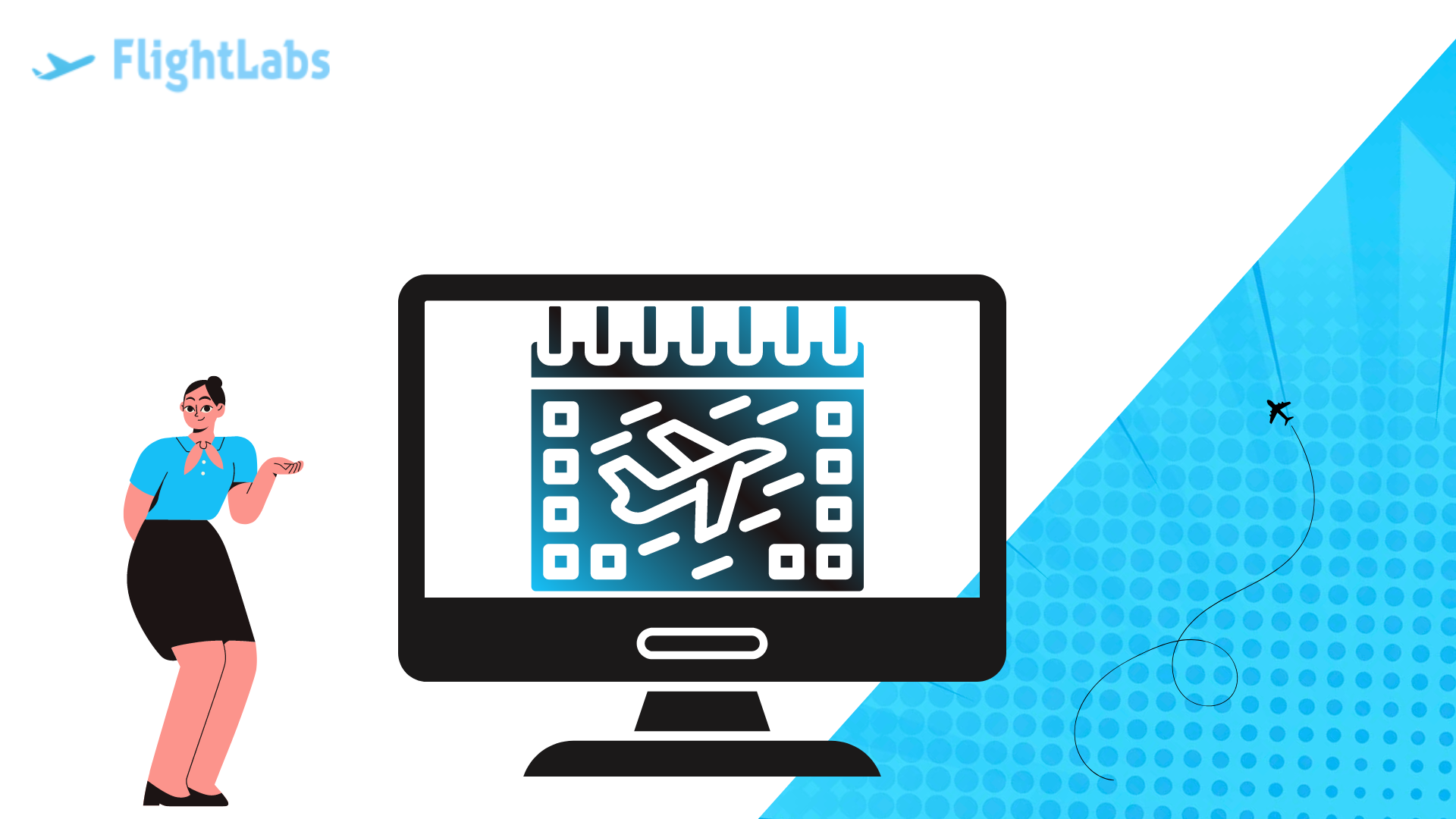Flights Scheduled API: How To Get Started

Navigating the complexities of the travel industry demands tools that provide accurate and up-to-date information. The API is a powerful Flights Scheduled API designed to seamlessly integrate into your applications, offering real-time flight schedules and data. This guide will walk you through the process of getting started with Flights Scheduled API, ensuring you can leverage its capabilities to enhance your travel app.
Choose Flightlabs
Flightlabs stands out due to its comprehensive data coverage and real-time updates. It provides access to a vast array of flight information, including arrivals, departures, delays, and cancellations, for airlines and airports worldwide. Choosing Flightlabs means your application can cater to a global audience with precise and current flight data, making it an essential tool for developers aiming to build reliable and user-friendly travel apps.
Setting Up Your Flightlabs Account
The first step to integrating Flightlabs into your application is setting up an account. Visit the Flightlabs website and sign up for an API key. This key is crucial as it allows your application to communicate with the Flightlabs server and access the flight data. Ensure you choose the appropriate subscription plan based on your usage needs, whether you are developing a small project or a large-scale application.
Integrating The API Into Your Application
Once you have your API key, you can start integrating Flightlabs into your application. The Flightlabs API comes with comprehensive documentation that guides you through the integration process. Depending on your development environment, you can use various programming languages such as Python, JavaScript, or PHP. The documentation includes example codes and endpoints, making the integration process straightforward even for developers with limited experience.

Retrieving Flight Data
With Flightlabs, you can begin retrieving flight data. Use the endpoints provided in the documentation to query specific flight information. For example, you can request details about a particular flight, check the status of all flights for a specific airline, or get updates on departures and arrivals at a certain airport. The API’s flexibility allows you to tailor the data retrieval to suit your application’s needs.
How to Use A Flight Status API: Step-by-Step
- Selecting Flightlabs provider is the crucial first step in leveraging the power of Flight Status APIs. With numerous options available in the market, developers must carefully evaluate factors such as data accuracy, reliability, and ease of integration.
- Once a suitable provider is chosen, obtaining API access involves registering for an account and obtaining the necessary credentials.
- The authentication process ensures secure access to the API, protecting sensitive flight data from unauthorized users. Developers typically authenticate their requests using API keys or OAuth tokens, depending on the provider's requirements.
- Once authenticated, making Flightlabs requests involves constructing HTTP requests with specific parameters to retrieve desired flight information.
Displaying Flight Information
Displaying flight information in a user-friendly format is crucial for enhancing the user experience. With the data retrieved from Flightlabs, you can design interfaces that clearly show flight schedules, delays, and other relevant information. Consider using tables, charts, and notifications to present the data effectively. Providing real-time updates and alerts can also help users stay informed about any changes to their travel plans.
Customizing API Responses
Flightlabs allows you to customize API responses to better fit your application’s requirements. You can filter data based on various parameters such as date, airline, or flight number. This customization ensures that your users only see the information relevant to them, enhancing the overall usability of your app. Additionally, you can integrate other services like weather updates or travel advisories to provide a more comprehensive travel experience.
Ensuring Reliability and Scalability
As your user base grows, the demand for real-time flight information will increase. Flightlabs is built to handle high traffic volumes, ensuring reliable performance even during peak times. It's essential to monitor your API usage and optimize your queries to maintain efficiency. Implementing caching strategies can also help reduce the load on the server and speed up response times for your users.
Conclusion: Unlocking the Potential of Flightlabs
Getting started with Flightlabs API opens up a world of possibilities for your travel application. With its extensive data coverage, real-time updates, and user-friendly integration, Flightlabs provides the tools you need to deliver an exceptional user experience. By following the steps outlined in this guide, you can integrate Flightlabs seamlessly into your application and start leveraging its capabilities to offer accurate and reliable flight information to your users.
Flightlabs not only enhances your app’s functionality but also positions it as a trusted resource in the competitive travel industry. Embrace the power of Flightlabs and unlock the potential to create a travel app that stands out in the market, providing users with the vital information they need for a smooth and enjoyable travel experience.